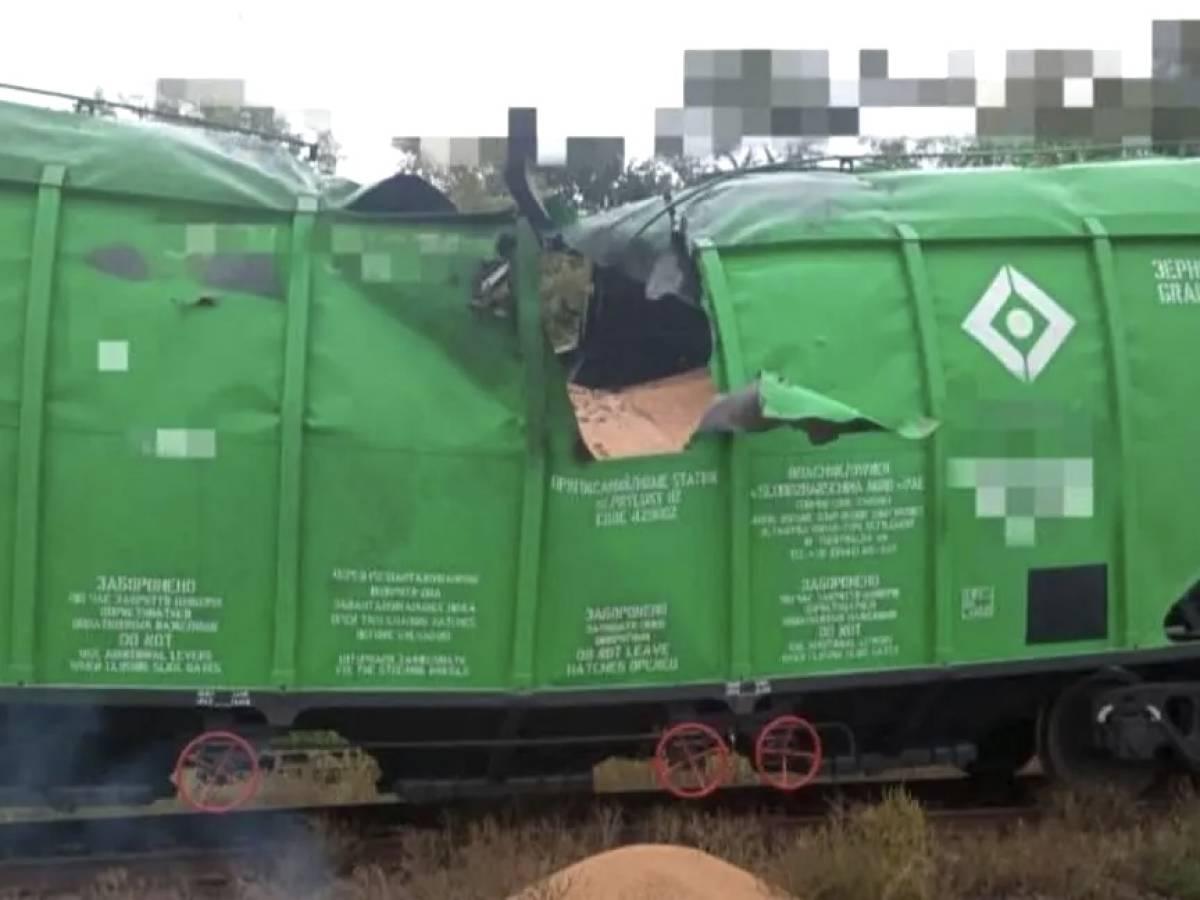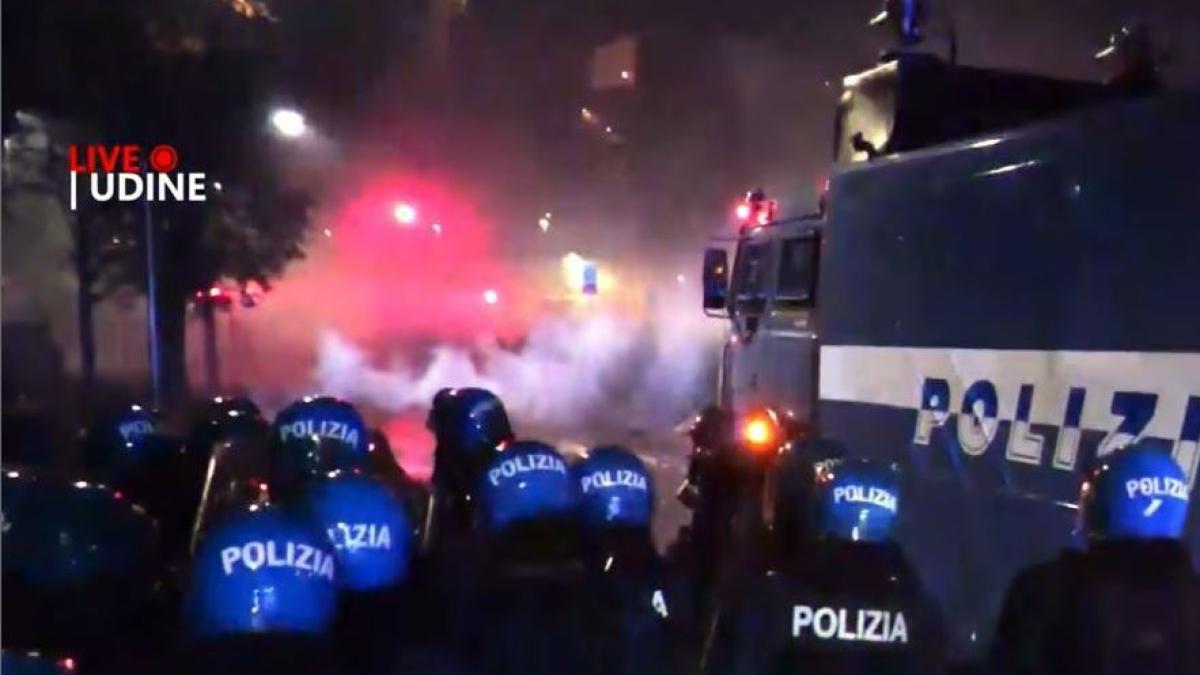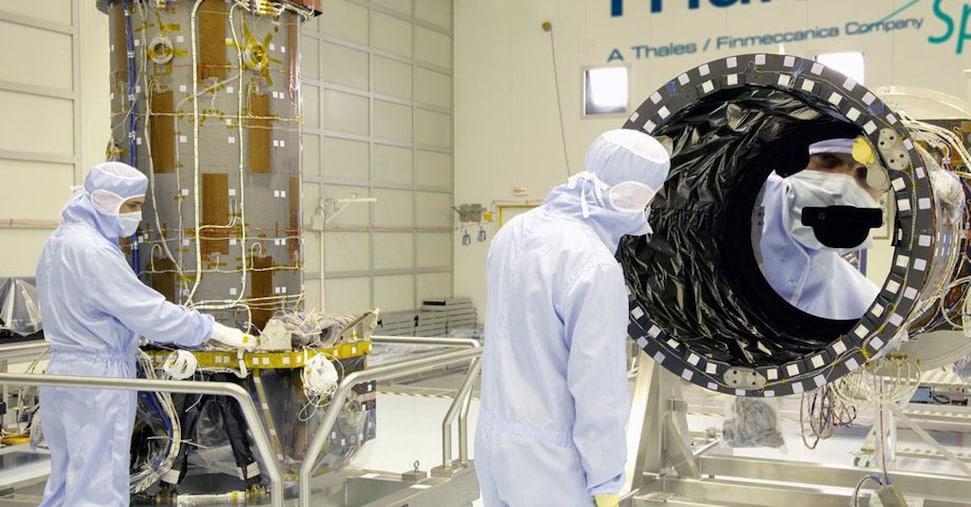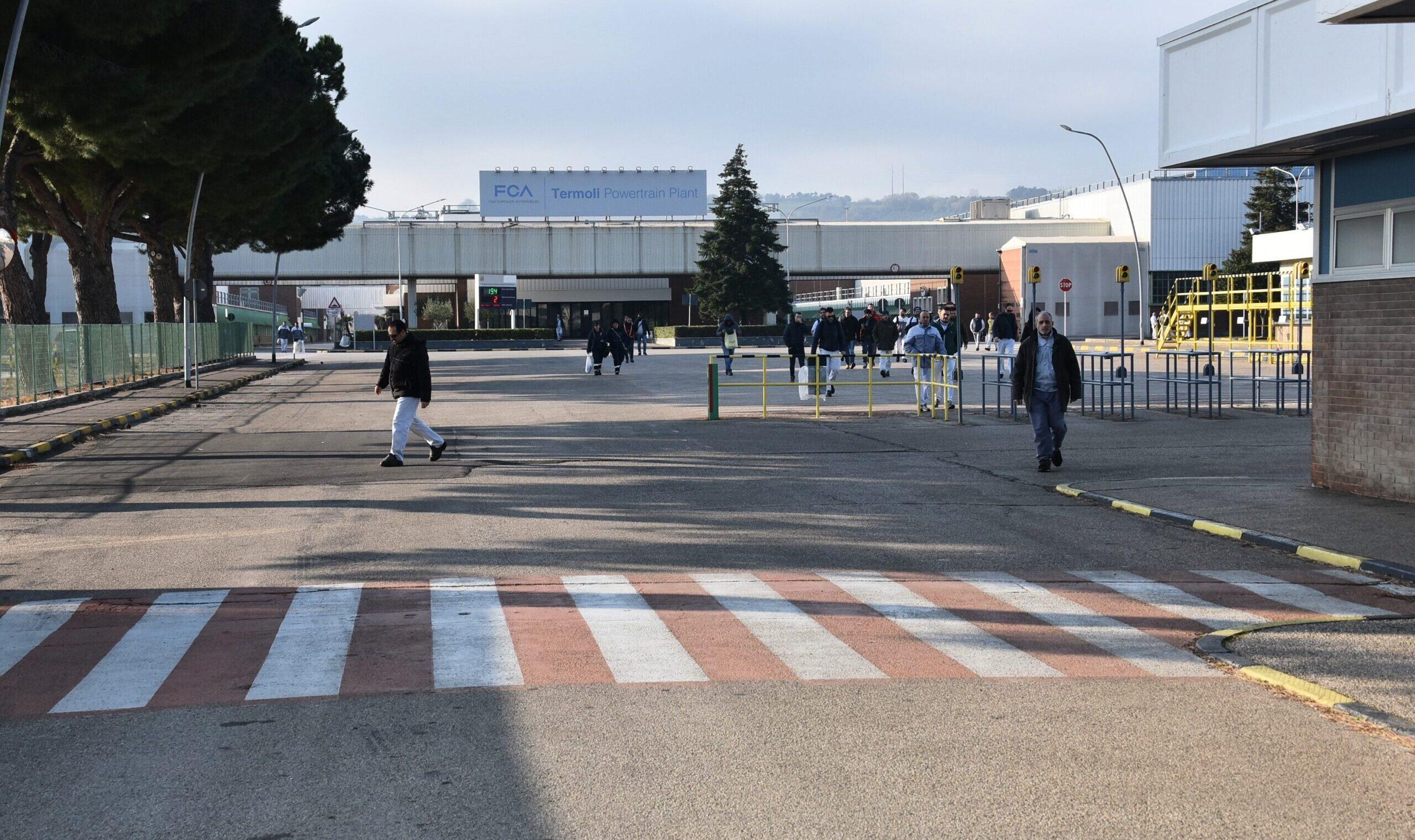Moscow launched a new generation of Ukrainian aircraft and infrastructure, with the aim of destroying Kiev and technological warfare.
Russian attacks on Ukraine's railway network increase This marks the entry into a new phase of the conflict with long-range drones equipped with advanced navigation and transmission systems. The aim is to attack the country's logistics system. It has an impact on the military, economy and society.
A precise attack in the center of the Ukrainian logistics network
Recently, a convoy of Ukrainian trains was shot down near the town of Bobrovitsa in the Chernihiv region, more than 150 kilometers from the border with Russia.Ukrainian official sources say the target was a moving train, initially attached to a locomotive and then to wagons, some of which were carrying fuel and grain.The action caused significant damage, leaving tens of thousands of customers without power and causing delays on several lines.
The operation is intended for the real-time use of missiles that hit moving targets.If confirmed, this represents an evolution of Russia's operational capabilities aimed at static objectives.This clearly shows the attack: on intra-Ukrainian routes, including from conflict areas, which are characterized by the basic transport of civilian and military transport.
Evolution of Russian drone technology: greater precision and threat
In recent months, Moscow has significantly strengthened its capabilities in the field of unmanned aerial vehicles.The drones used, which belong to the Shahad family of Iranian origin, are now produced locally in large quantities and have a high level of technology.The latest versions are equipped with processing units capable of optical night detection systems, anti-collision sensors, multi-channel interference-resistant antennas and real-time image analysis.
These tools, such as the NJO microprocessor, allow drones to visually identify a target and change course during flight.Some models also have self-destruct devices and optical terminal guidance systems, increasing the possibility of evading electronic countermeasures.It is likely that the latest attacks were supported by advanced control stations or mobile repeaters, air or ground, capable of maintaining direct contact with the drones during the operation
Logistics as a geopolitical tool
The interpretation of Russia's attack on the Ukrainian Railway Network is not just a tactical move but also part of a long-term strategy to turn civilian infrastructure into stimuli for geopolitical pressure.Systematic disruptions to the railways, especially in the northern and eastern regions, created a ripple effect that extended beyond regional borders.
On the one hand, the damage to the infrastructure prevents the arrival of military and humanitarian aid from Europe, since most of it is transferred to the country after landing in Poland or Romania.On the other hand, exports of Kiev's strategic products, such as wheat, raw materials and industrial products, are subject to delays and fluctuations that affect international markets, especially in the Middle East and Africa, which are already affected by the consequences of the conflict.
A multiplier effect is emerging: the pressure on the logistics network not only weakens Ukraine's internal resilience, but also affects the economic and food stability of vulnerable areas in the global system.Consequently, institutions such as the United Nations and the European Union have expressed concern about the damage to land routes, considering interventions of infrastructure support and technical assistance to guarantee the continuity of rail transport.
The Changing Situation in Technological Warfare
The use of drones as a weapon against railway infrastructure represents an evolution of asymmetric warfare, where the technology allows the effectiveness of attacks to be maximized at low cost.Russia has understood that filling Ukrainian skies with thousands of long-range drones equipped with visual detection and intelligent guidance capabilities will allow it to gradually wear down the country's system and hit crucial points.
According to recent estimates, Moscow intends to produce over 60,000 kamikaze drones per year.Even if only a small proportion were used against supplies, substations, fuel transport or strategic bridges, a cumulative attack could force Kiovia to rethink its logistics doctrine.Experts believe that with this growing threat it will be necessary to make a single move to develop an air defense suitable for accompanying supplies, integrating electronic health systems into the most vulnerable railway lines and creating infrastructural disruptions at the national level.
Meanwhile, Ukrainian intelligence detected Russia's attempt to test an autonomous aircraft with an integrated target identification algorithm, laying the groundwork for a
Greater automation of offensive operations.The current challenge is not quantity, but quality: the advantage will be those who can quickly adapt to the development of technological conflict.








